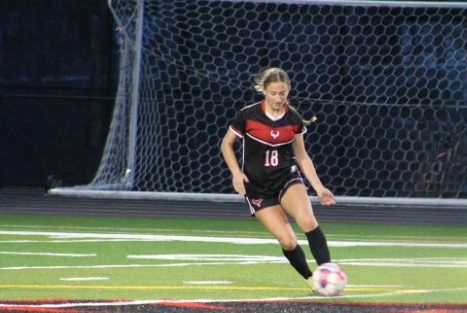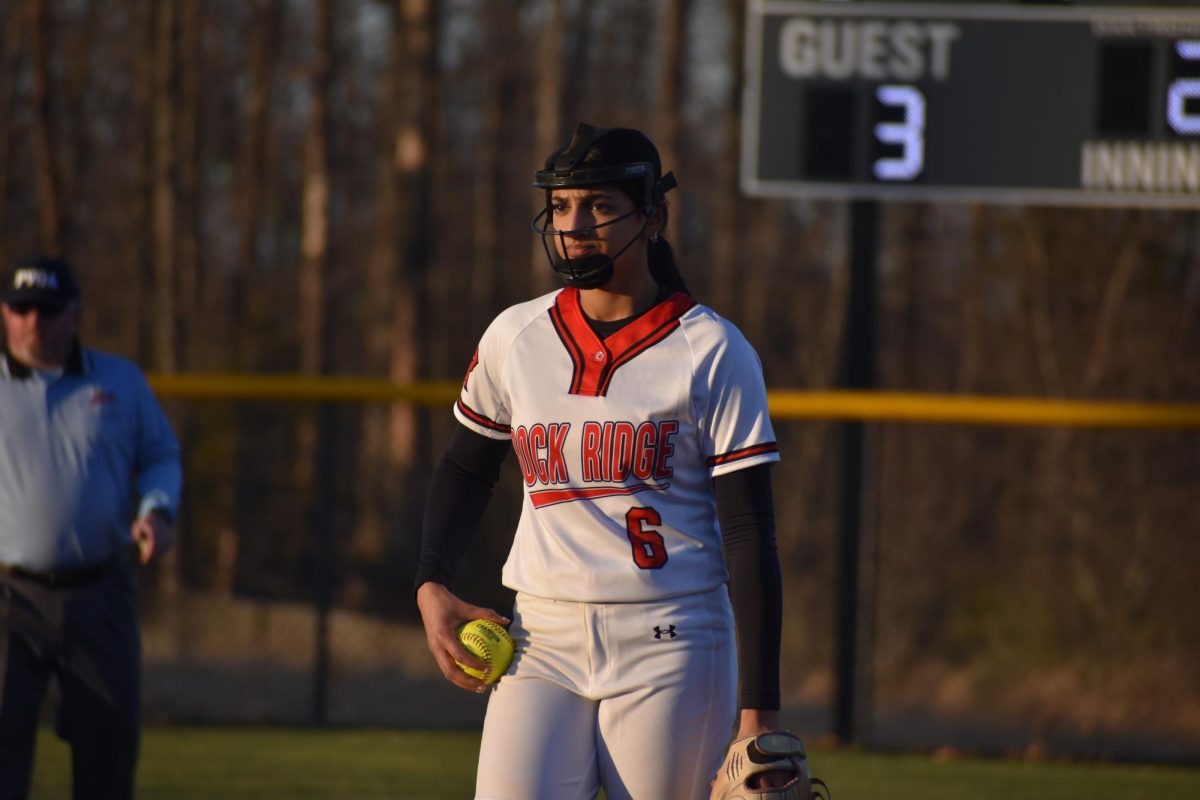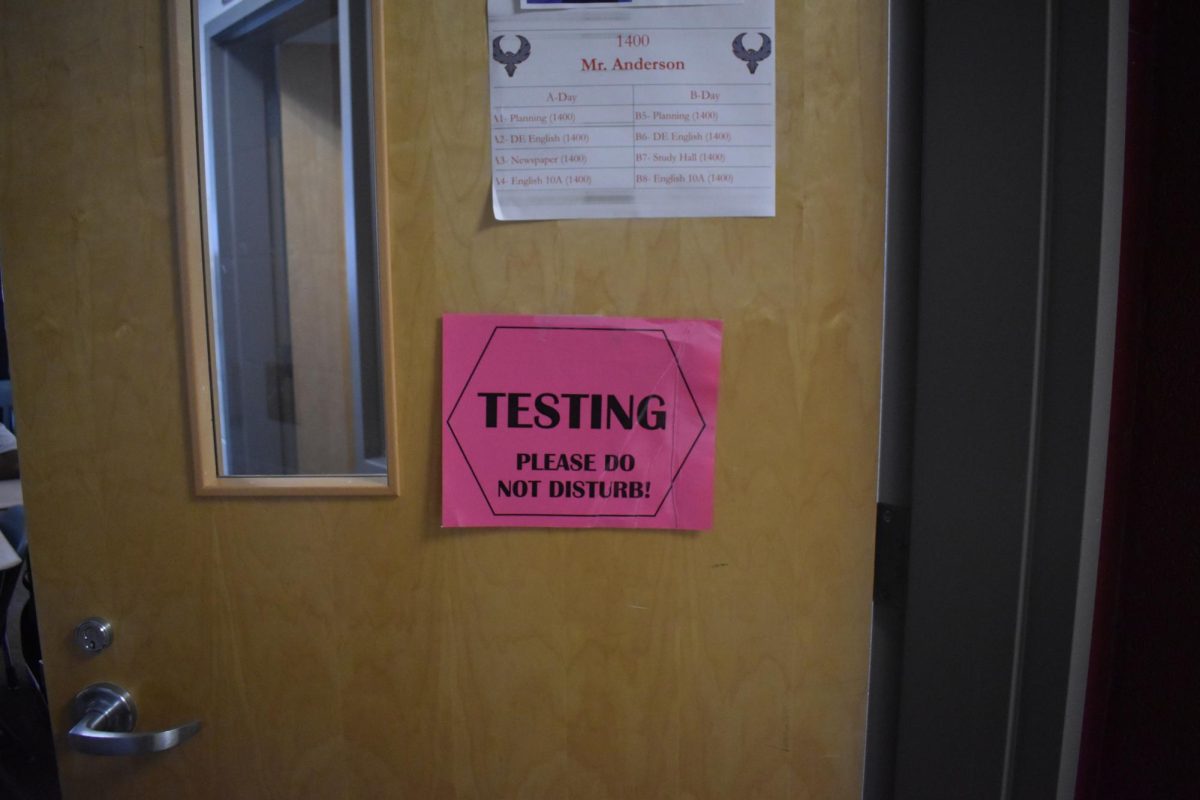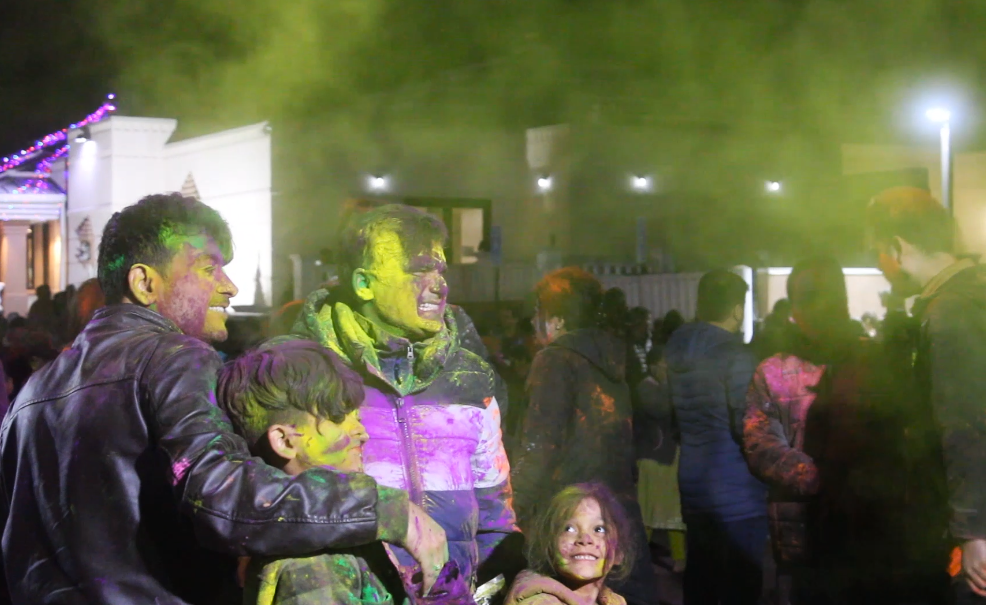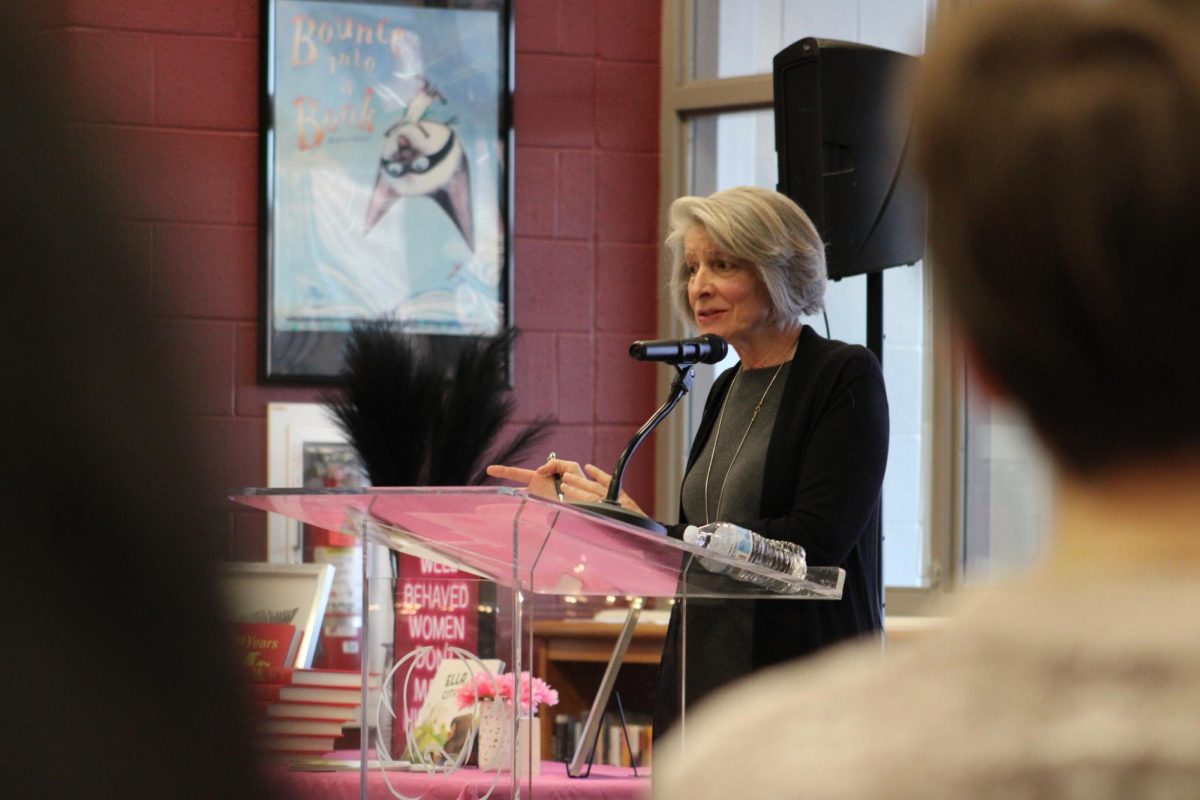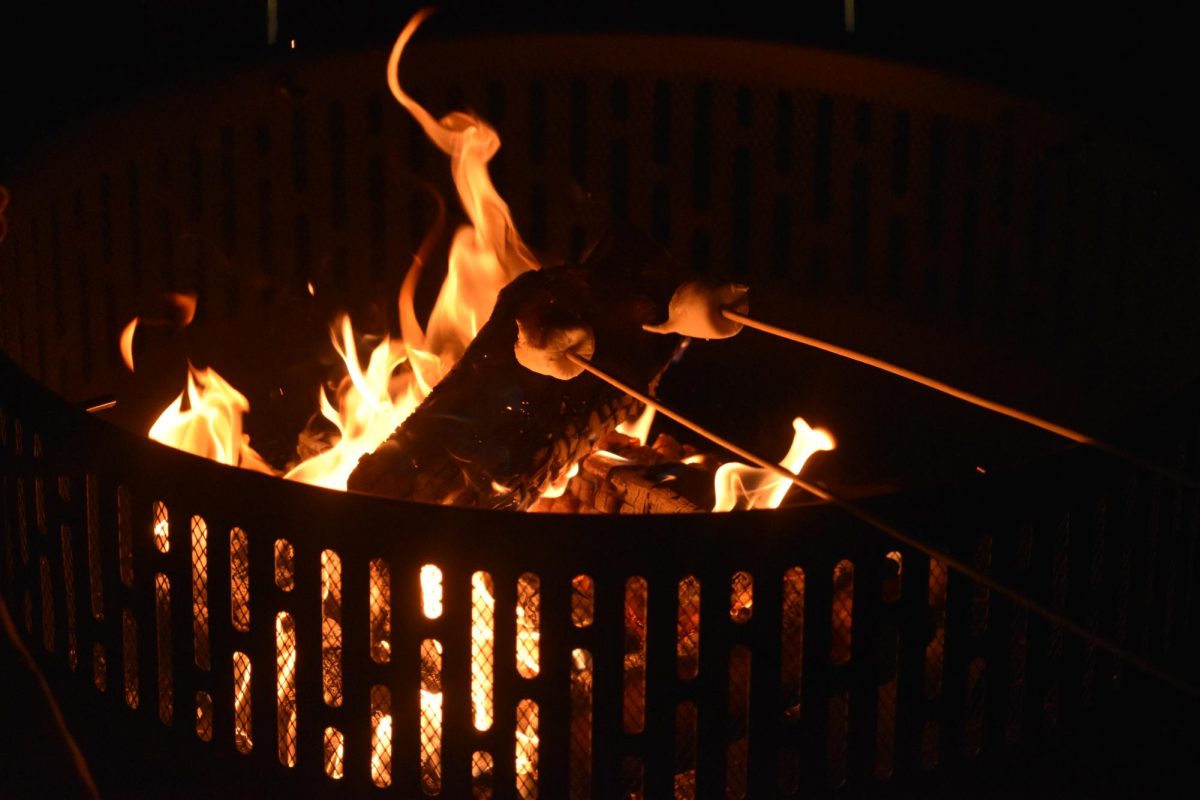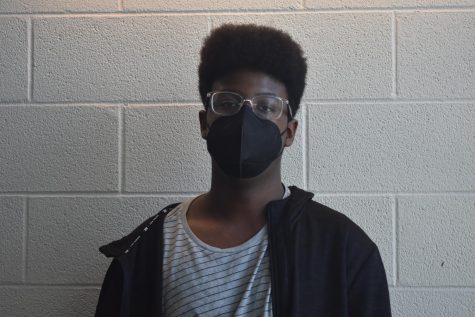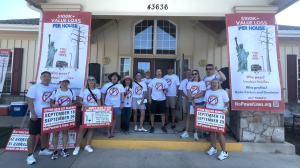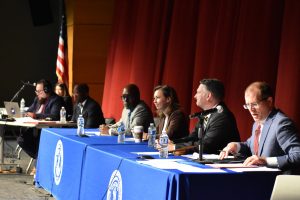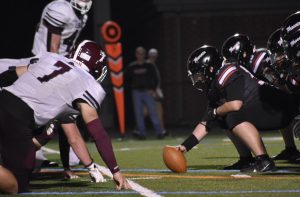Red-Cockaded Woodpeckers are Declining Rapidly: Why It’s an Alarming Representation of Climate Change
Since the 1960s, Red-Cockaded Woodpeckers have been declining in their range all across North America. These beautiful birds’ current population serves to represent the unhealthy increase in global warming, pollution, and deforestation.
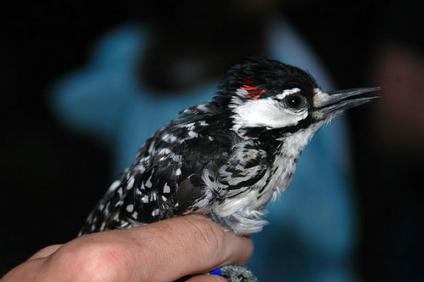
ChattOconeeNF via Wikimedia Commons
Conservation efforts made by the US Forest Service have been steadily increasing the population of Red-Cockaded Woodpeckers. Their population has increased by over 60% since 1990, rising incrementally each year.
February 3, 2022
Birds have been long standing subjects of study, and are beautiful creatures in almost every ecosystem. Ecologists assess habitats through birds frequently, as they are highly sensitive to acclimation. Among other environmental positives, birds are also a major indicator of environmental negatives; changes in bird population and/or behavior can correlate to pollution, changes in climate, and habitat destruction. This is particularly alarming because, considering we share similar interests in living conditions and needs, an environment unhealthy for birds can likely be an environment unhealthy for humans.
Recent studies of cities like Richmond have uncovered more evidence of how higher ozone levels can impair cognitive function and healthy living. Red-Cockaded Woodpeckers are affected by not only this, but also by forest fragmentation due to their specific habitat and living conditions and inability to acclimate easily. Forest fragmentation, which has risen and is expected to rise in the next 50+ years, is the breaking and separating of large forest areas typically in order to make more space for housing. Virginia’s population rises consistently each year, and Loudoun County is no exception. According to a Sciendo research article published in 2018, Loudoun County experienced a growth rate of 55% between 1990 and 1997, causing an exponential rise in deforestation and fragmentation to allocate space for homes. Virginia’s growth rate has slowed down overall since 2010; however, the damage that has been done before still needs to be considered when expanding today. It affects more than just trees, and we have reason to believe that over time, the animals and wildlife that once inhabited these areas will have either migrated or become extinct.
Birds migrating near and around cities will often flock in masses toward artificial oases. For example, David Sibley, an American ornithologist, states in his book Sibley’s Birding Basics that “the park [within a city] acts as an oasis, the same way a cluster of trees in the desert, or an island at sea, concentrates migrating birds.” This leads to territorial fighting and competition between birds for resources. In recent years, climate change has been killing chickadees by eradicating ideal environments.
Samuel McClain, English teacher and director of Birding Club, gives another example of how climate change is negatively affecting birds. “As they live in the mountains, they don’t move to a new location as average temperature increases–they just move up the mountain,” McClain said. “This leads to more birds competing for less resources … birds that are endemic to island environments are at even more risk as climate change impacts them. They’re geographically isolated.” McClain sparks concern for said geographical isolation, which is unfortunately becoming a common cause of extinction for birds due to climate change. This exponential rate of extinction is detrimental to agriculture as well, as birds prove to be a lot more economically efficacious than most might think.
Red-Cockaded Woodpeckers for example, eat major agricultural pests like termites and corn earworms, making them inherently economically valuable. Many make the case that not all birds feed on pests, and can instead sometimes harm the farms–like pigeons, who feed primarily on seeds–therefore they must not be as economically useful. However, a majority of birds (even of prey) feed on common pests often enough to outweigh the possible damages, and actually make a considerable difference in crop production and costs. The FAO (Food and Agriculture Organization of the United Nations) estimates that 20-40 percent of global crop production is lost to pests and plant diseases. Invasive insects cost the US annually $70 billion alone, and new species of mosquito are actually spreading avian viruses at rapid rates. The protection and conservation of birds can help in the effort to reduce economic losses.
If they wish to help, concerned citizens can donate to The Nature Conservancy (TNC), which has been working to save Red-Cockaded Woodpeckers all around Virginia through the Virginia Pinelands Program. These donations will go into efforts to create healthy and stable environments for the woodpeckers–every dollar counts. The safety of not only these birds, but also the plethora state-wide are essential to the stability of ecosystems, reduction of economic losses, and the preservation of valuable information from animal species.
Birds aren’t the only animals whose habits reflect positively on the state of the environment; however, supporting and protecting these animals, doing research on corresponding conservation foundations, and donating is a starting point. We as people are nodes within interconnected network systems–when banding together as a whole, making change doesn’t seem as daunting as we may think.

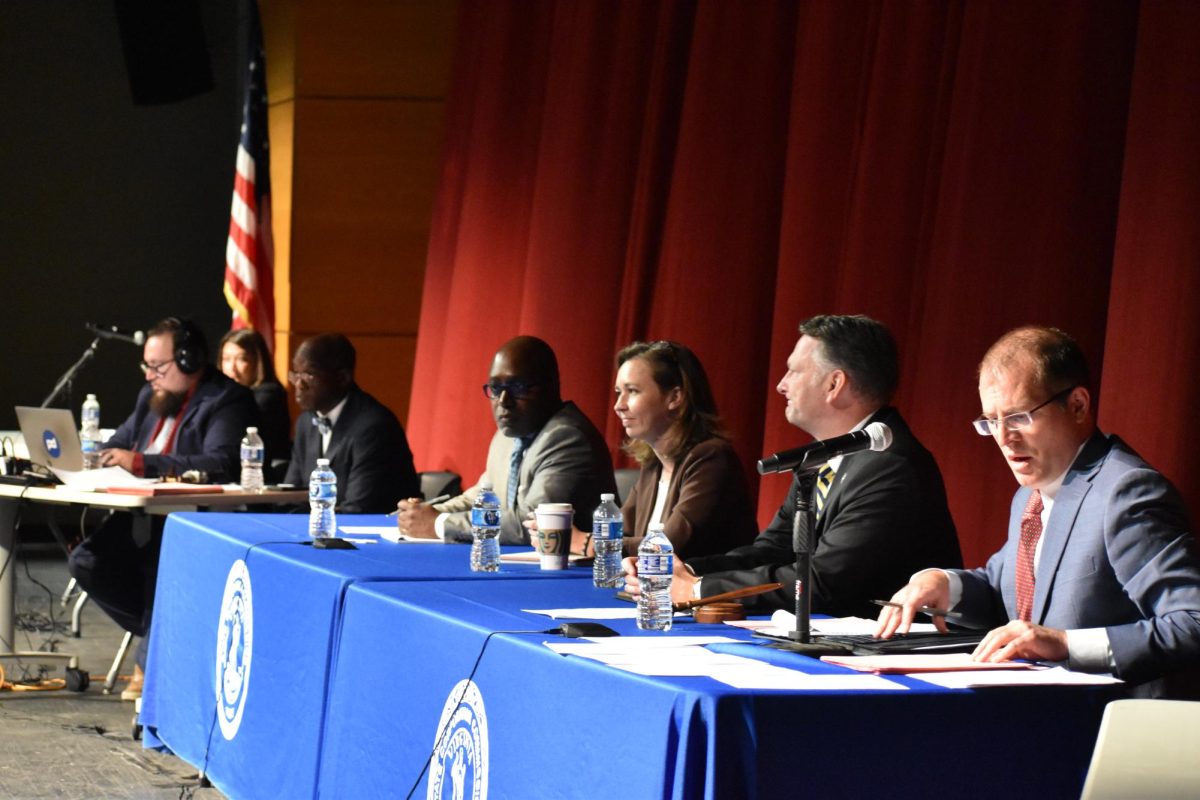
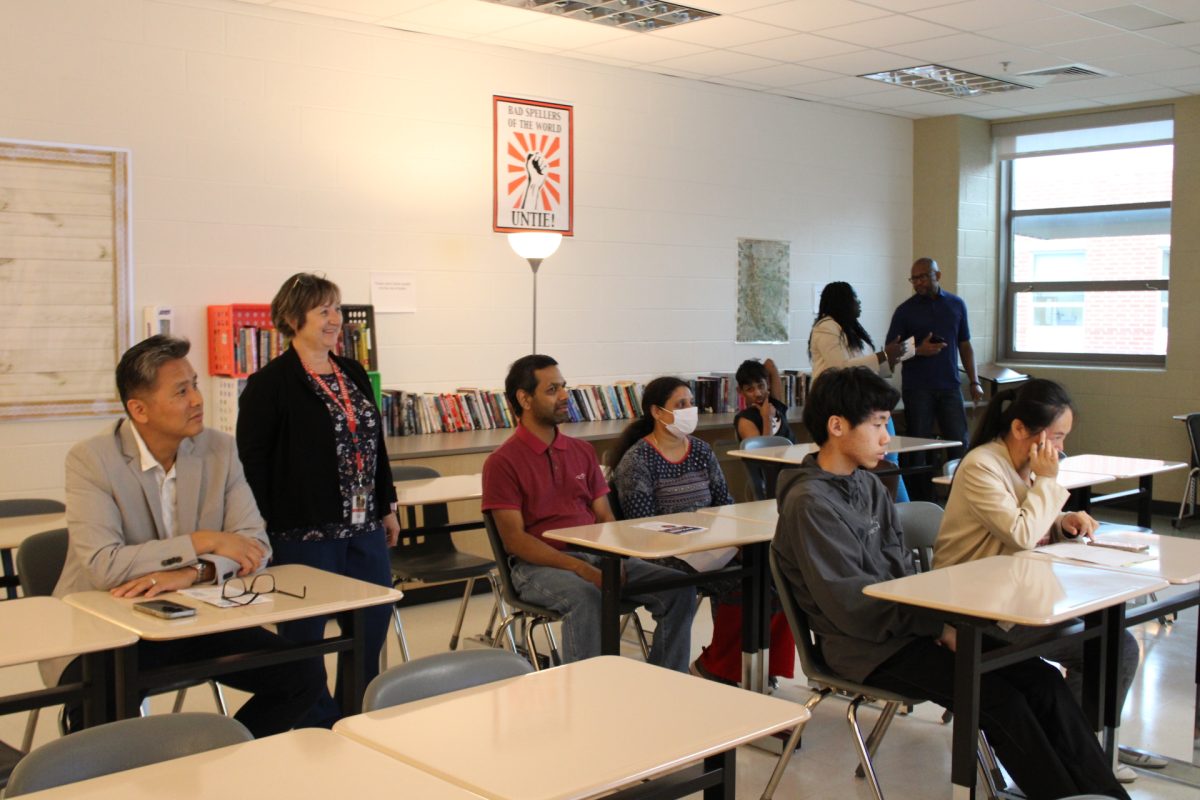


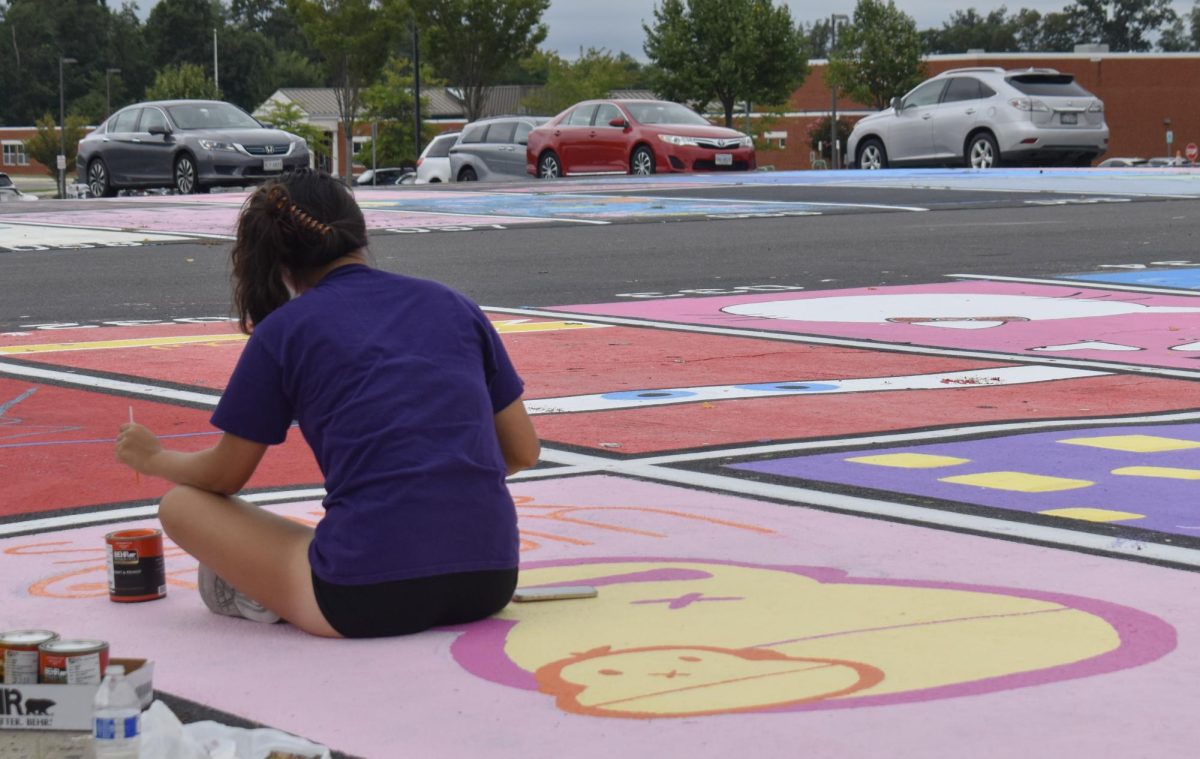


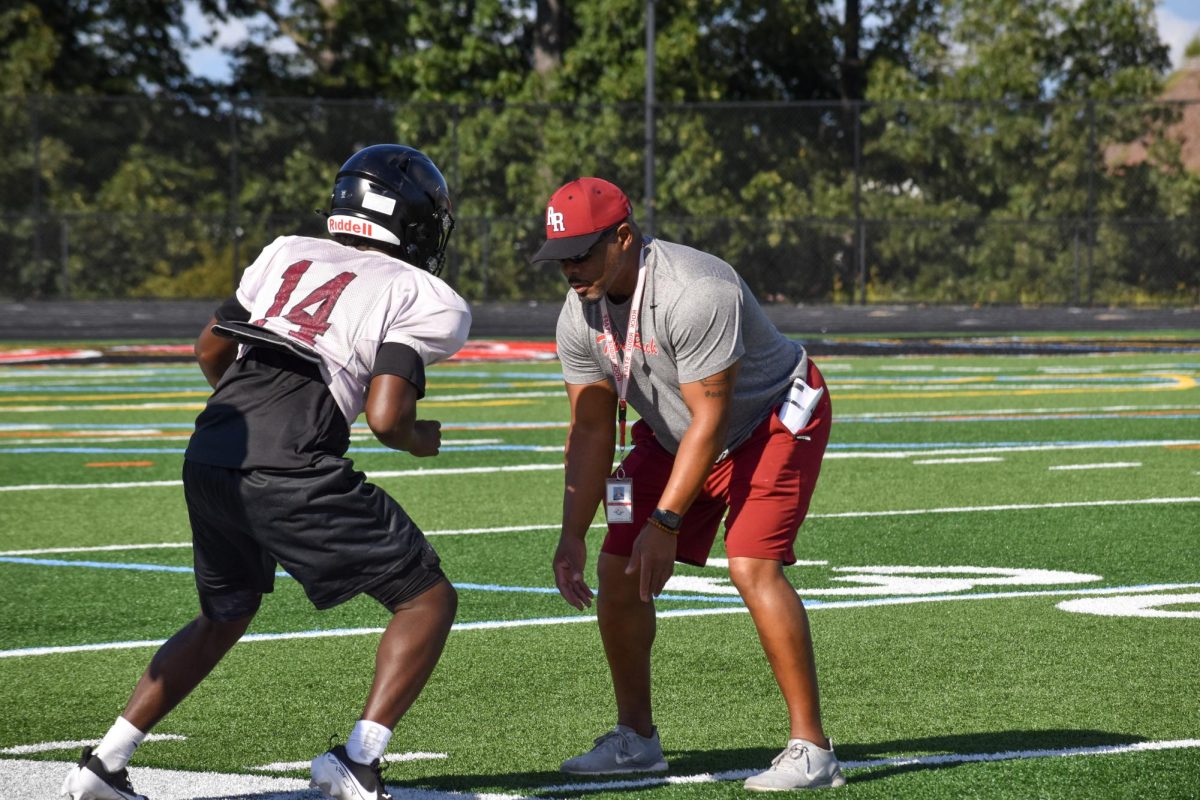







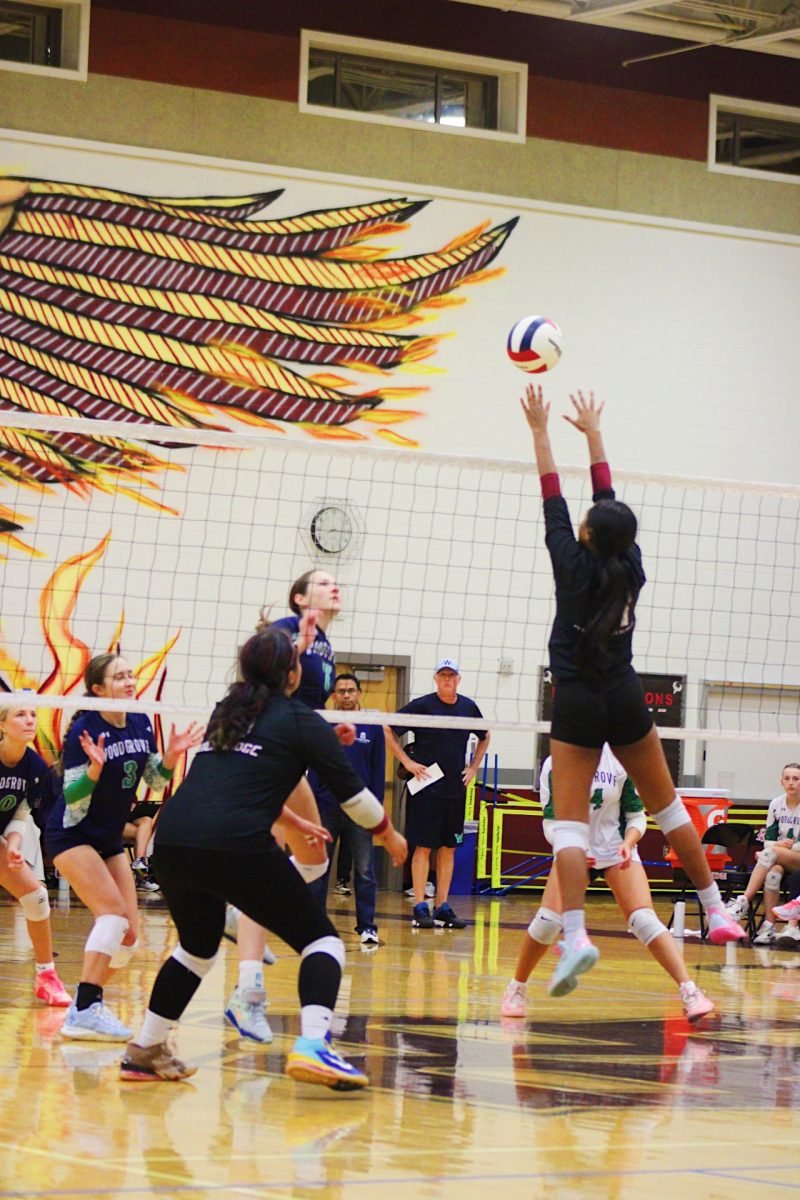

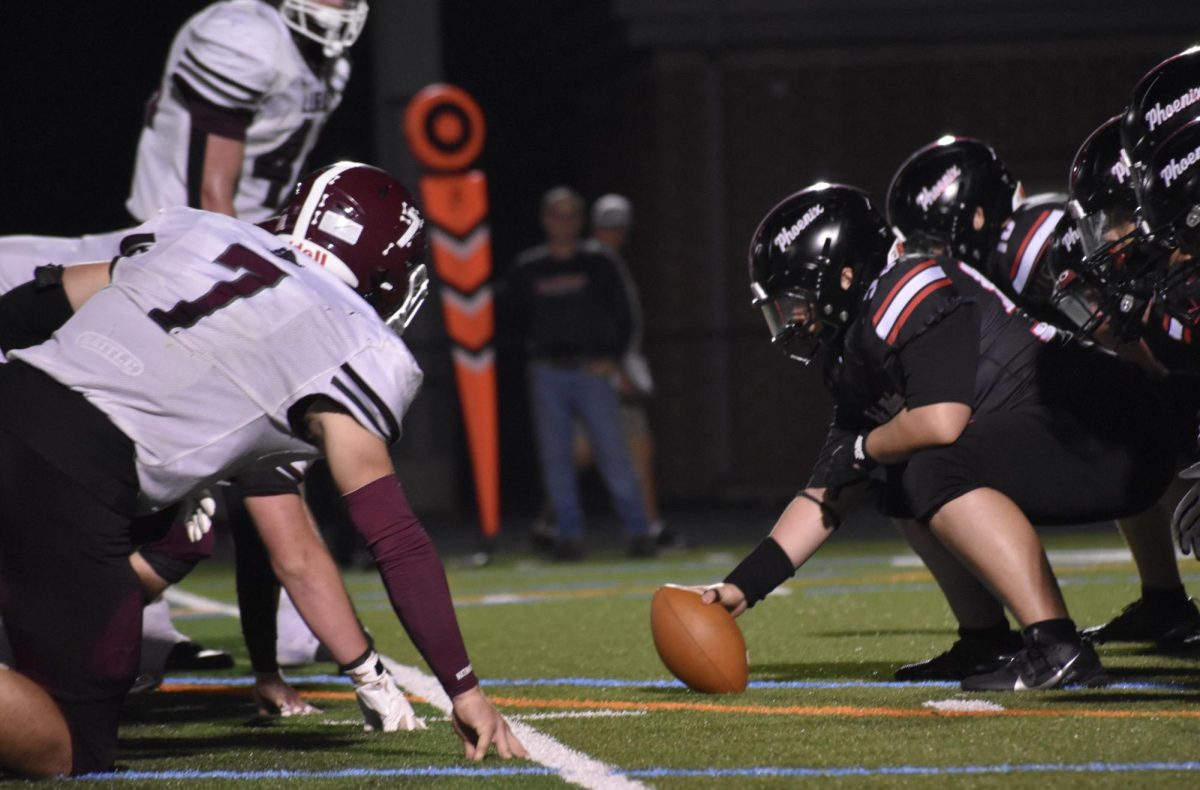
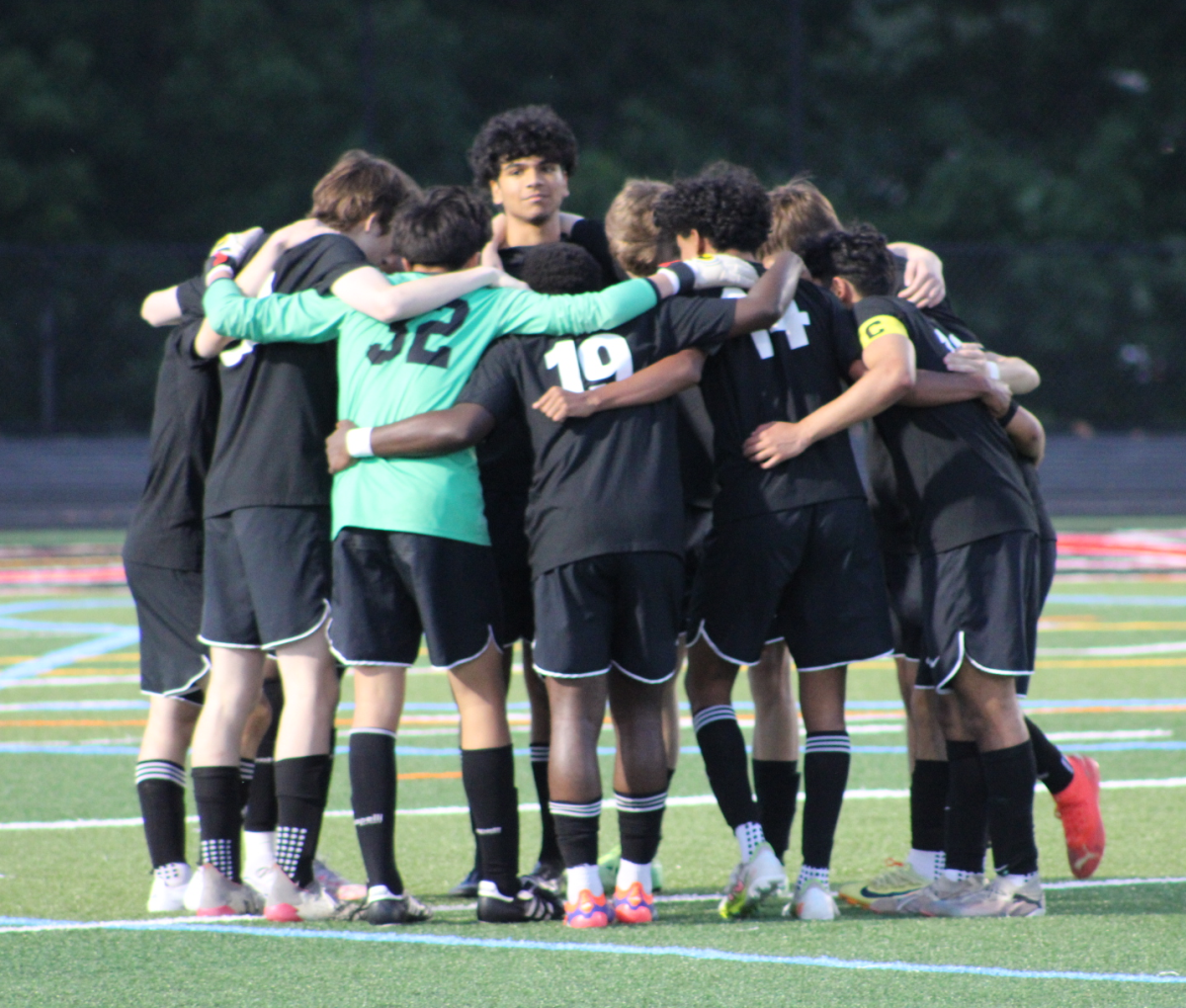






![The Phoenix varsity volleyball team lines up for the national anthem. “We were more communicative [with each other] during this game, and I feel like we kept our energy up, especially after the first set,” senior Jessica Valdov said.](https://theblazerrhs.com/wp-content/uploads/2024/10/DSC_0202-1200x800.jpg)
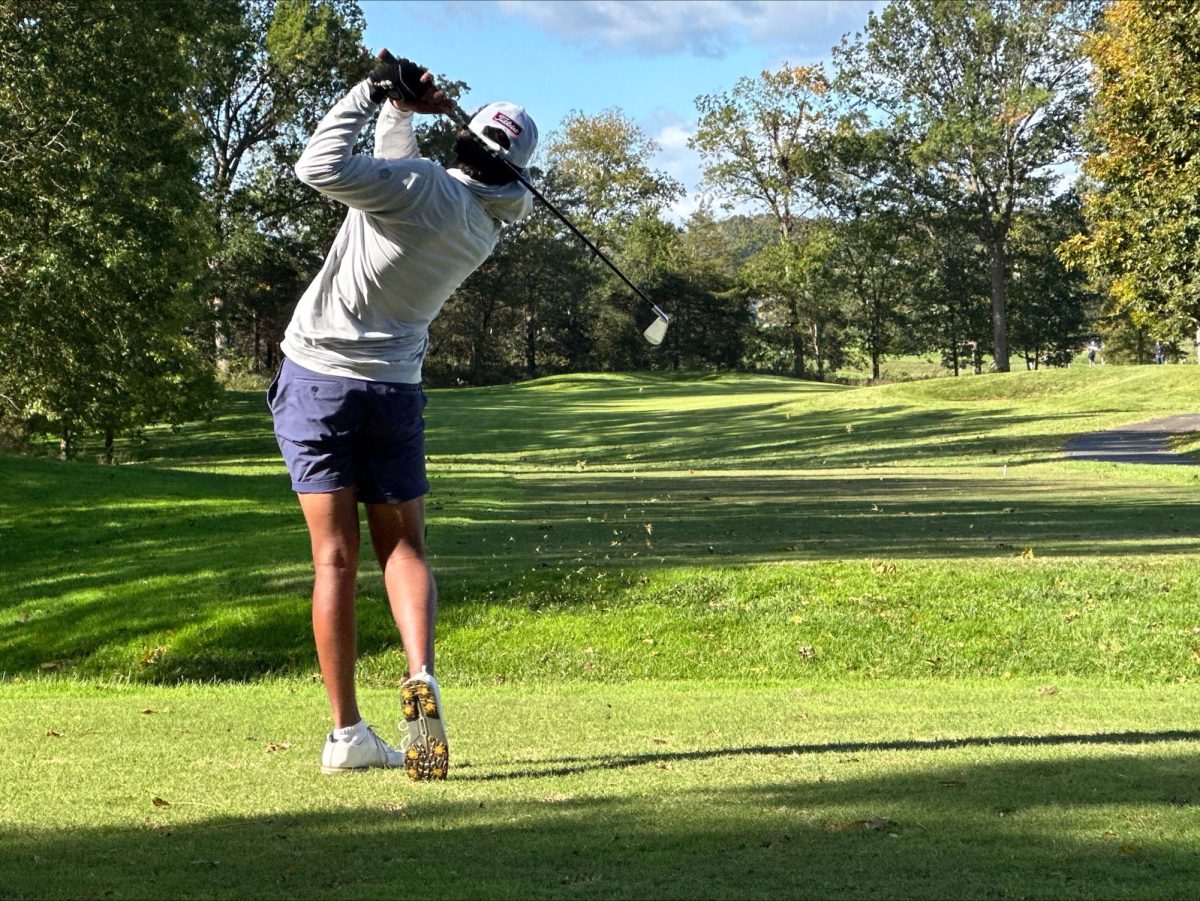



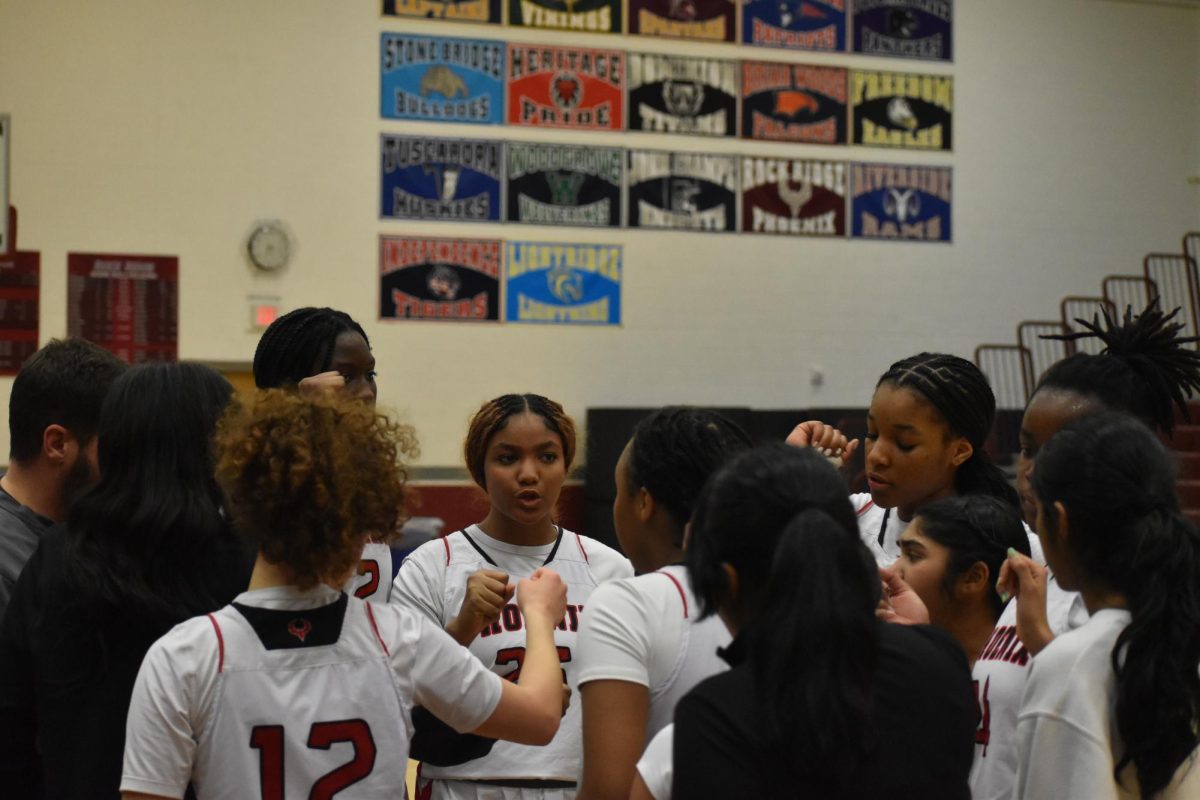



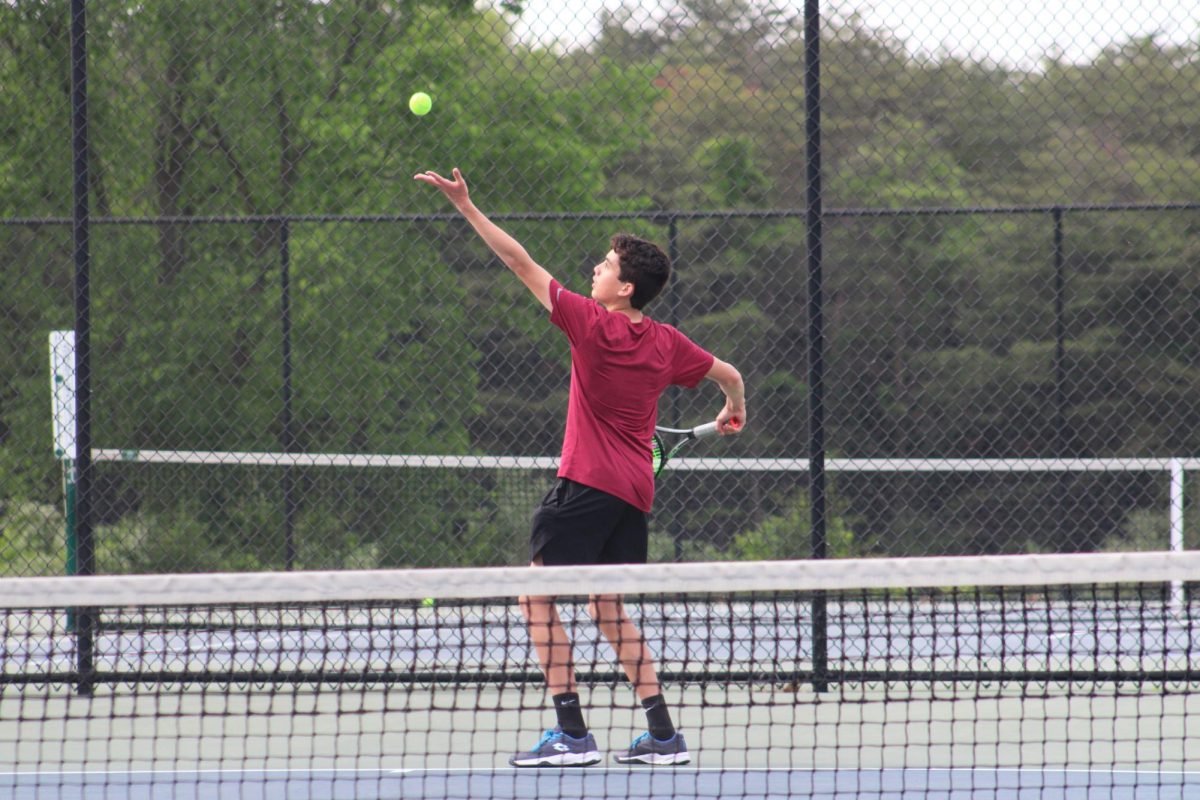
![Junior Alex Alkhal pitches the ball. “[I] just let it go and keep practicing so we can focus on our goal for the next game to get better as a team,” Alkhal said.](https://theblazerrhs.com/wp-content/uploads/2025/05/DSC_0013-1-1200x929.jpg)
